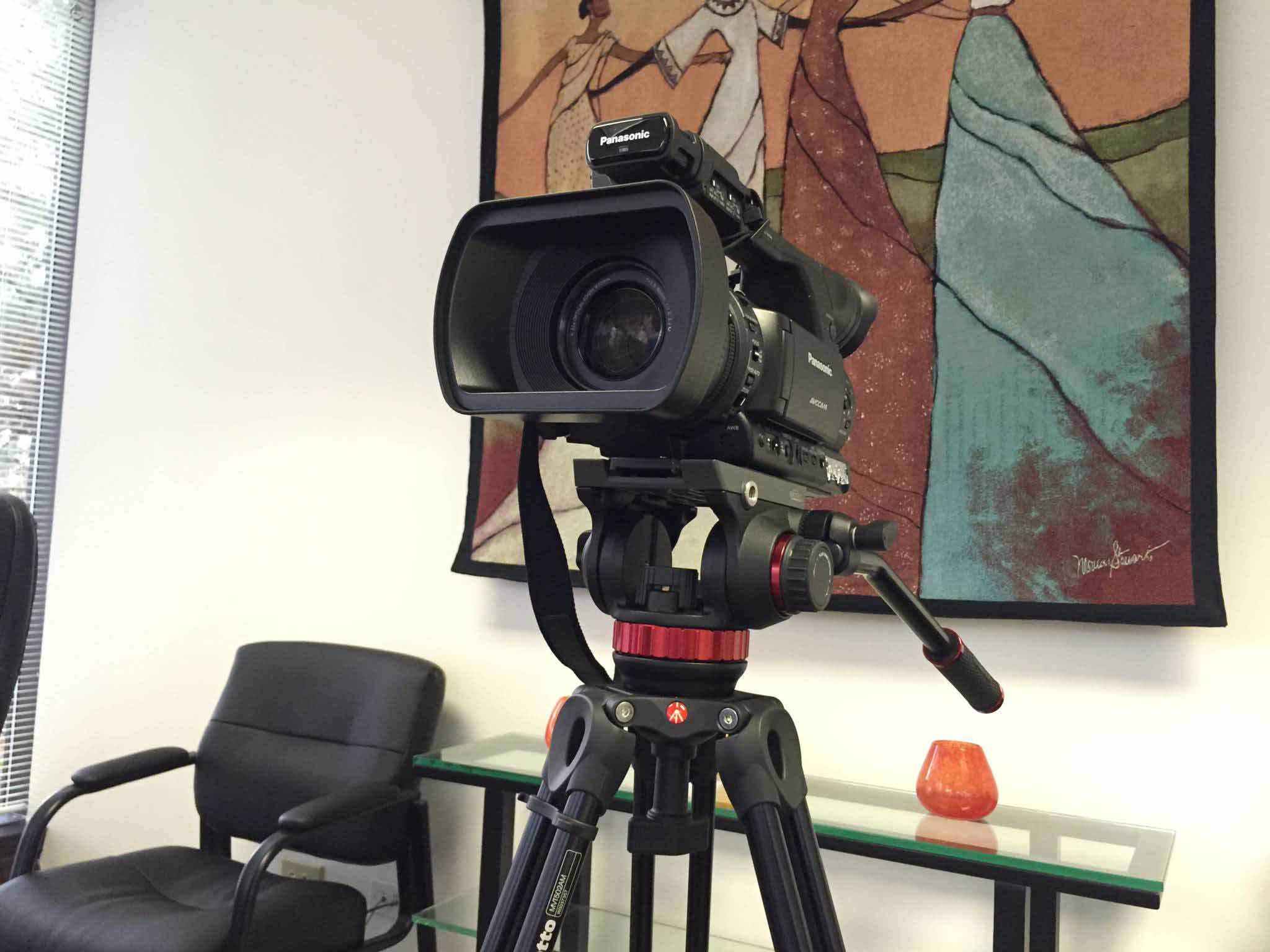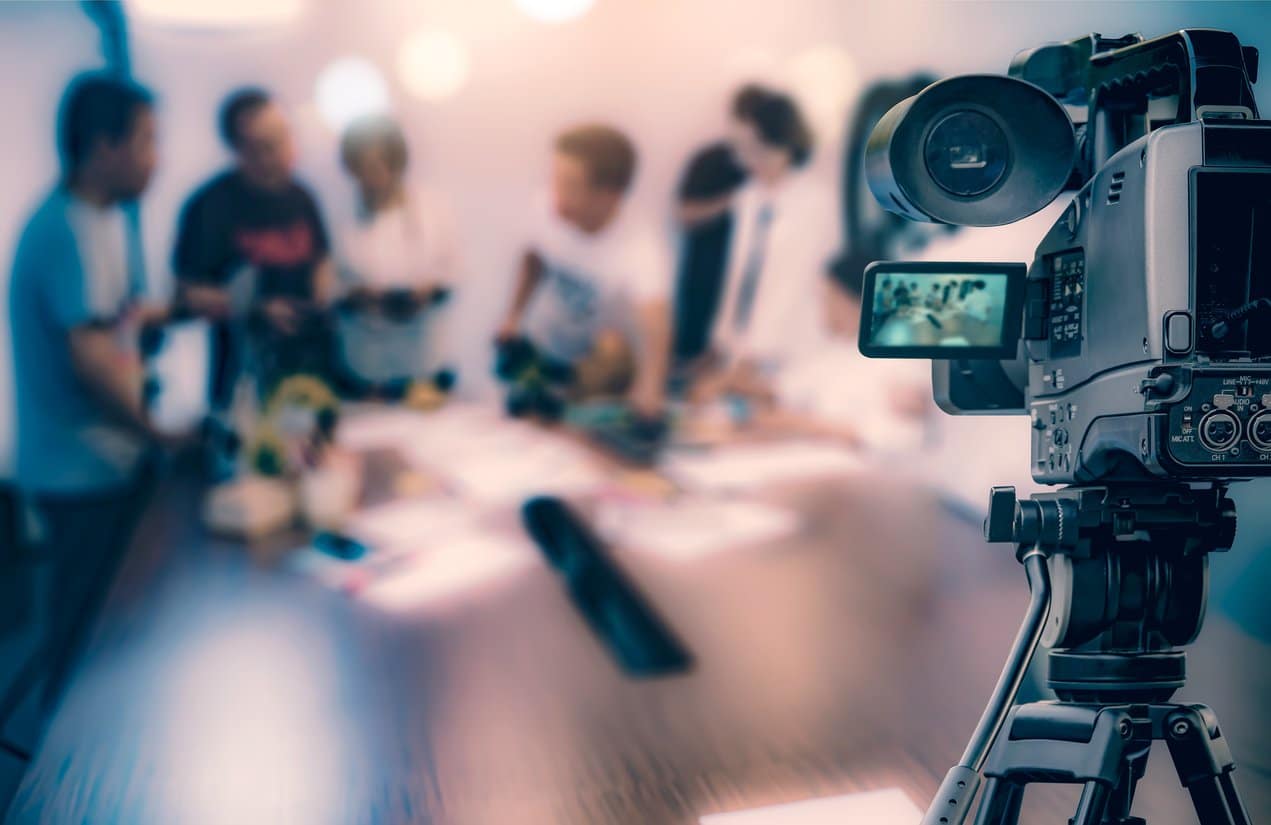Exploring the Systems of Lawful Videography: Introduction Its Procedure in Safeguarding Authentic Visual Testimony for Judicial Proceedings
In the realm of judicial procedures, the duty of lawful videography stands as a keystone in maintaining and offering visual evidence. As modern technology remains to development, the systems behind lawful videography have actually ended up being increasingly complex, using a critical layer of credibility to statements caught on video. By diving right into the functional details of lawful videography, one can reveal the precise procedures that protect the integrity of aesthetic evidence offered in court rooms - Legal Videography. This exploration not just loses light on the historical development of legal videography yet likewise hints at the future trends that might better reinvent how visual statements are upheld in the world of justice.
Historic Development of Legal Videography
Checking out the historical progression of lawful videography exposes a substantial change in the catching and presentation of aesthetic evidence within the legal landscape. In the past, legal proceedings greatly depended on composed transcripts and pictures to record occasions and supply evidence. However, with the arrival of video clip innovation, the legal industry experienced a standard change in exactly how aesthetic testament was captured and presented.
The evolution of lawful videography can be mapped back to the late 20th century when developments in video recording equipment made it much more easily accessible for use in courtrooms. This technological improvement not only boosted the precision and integrity of aesthetic proof yet likewise revolutionized the method instances were offered to juries and courts (Legal Videography). Attorneys began to acknowledge the convincing power of video recordings in communicating feelings, nuances, and non-verbal hints that written photos or transcripts alone can not record effectively

Innovation Improvements in Video Paperwork
What essential technological improvements have changed video clip documentation in the legal field? The lawful area has actually seen substantial innovations in video clip documents technology that have actually boosted the credibility and reliability of visual evidence in judicial proceedings. Among the crucial innovations is high-def (HD) video clip recording abilities, which offer crystal-clear photos and sharp information that are crucial for accurately recording testaments, facial expressions, and other aesthetic hints. Additionally, the combination of timestamping and metadata functions in video paperwork devices has actually made it possible for specific paperwork of when and where the video was taped, making certain the honesty of the evidence offered in court.
Moreover, innovations in video clip file encryption and watermarking technologies have actually reinforced the safety and security and tamper-proof nature of video clip evidence, guarding it against unauthorized alterations or meddling. The development of cloud storage space solutions and remote gain access to capabilities has structured the storage space, access, and sharing of video clip evidence, facilitating seamless cooperation amongst lawful professionals and guaranteeing effective accessibility to crucial aesthetic testaments when required. These technical developments in video paperwork have most certainly transformed the lawful area, boosting the precision, credibility, and admissibility of aesthetic evidence find more in judicial procedures.
Duty of Lawful Videographers in Court Room Setups
The development of video documentation innovation in the lawful area has actually demanded a vital duty for legal videographers in courtroom settings, making certain the stability and dependability of visual testaments provided throughout judicial process. Legal videographers play a fundamental duty in catching and protecting precise aesthetic evidence that can be pivotal in litigation. Their responsibility expands to establishing tools, taping proceedings, and producing top notch videos that properly mirror the events in the court.
Furthermore, lawful videographers usually work very closely with legal groups to ensure that the video evidence lines up with the instance's requirements and can be efficiently offered in court to support the legal disagreements being made. On the whole, the role of legal videographers in court room setups is essential in maintaining the concepts of justice and making sure the transparency of legal procedures. Legal Videography.

Ensuring Admissibility and Stability of Video Evidence
To keep the reliability of aesthetic proof provided in legal procedures, making certain the admissibility and integrity of video proof is a critical obligation for legal videographers. Admissibility describes the approval of proof by the court, and for video clip proof to be acceptable, it must fulfill particular criteria. Legal videographers play an important duty in guaranteeing that the video clips they record follow the regulations of proof, such as credibility, importance, and reliability.
Honesty of video clip proof entails preserving the creativity and precision of the video footage from the moment it is taped till it is presented in court. This includes firmly saving the video clip files, recording the chain of custodianship, and stopping any kind of meddling or changes. Legal videographers must comply with rigorous methods to guarantee the integrity of the video proof and protect against any type of difficulties to its credibility.
Future Trends in Legal Videography
Provided the enhancing reliance on technology in lawful process, lawful videographers are poised to welcome cutting-edge improvements forming the future of aesthetic statement capture and presentation. Among the famous trends coming up is the assimilation of online reality (VIRTUAL REALITY) and increased fact (AR) technologies right into lawful videography. These modern technologies have the potential to transform how aesthetic evidence is provided in courtrooms, permitting courts and courts to immerse themselves in the scene of the criminal offense or incident.
Moreover, the usage of synthetic intelligence (AI) formulas for video clip analysis is anticipated to enhance the procedure of examining and assessing huge amounts of video clip footage. AI can aid in determining crucial moments, abnormalities, and patterns within videos, improving the Going Here efficiency of legal investigations.

Final Thought
Finally, lawful videography has played an essential duty in giving authentic aesthetic evidence for judicial procedures. With technological innovations and the expertise of lawful videographers, the honesty and admissibility of video evidence are made certain in courtroom setups. As legal videography continues to advance, it will certainly be important to support requirements look at this now that maintain the precision and reliability of visual testament for the future of legal process.
Taking a look at the historical development of lawful videography reveals a substantial change in the capturing and presentation of visual evidence within the legal landscape.The advancement of video documentation innovation in the lawful area has required a critical role for legal videographers in court settings, making certain the integrity and reliability of visual statements provided during judicial proceedings. Additionally, legal videographers commonly function very closely with lawful groups to make certain that the video clip proof straightens with the case's demands and can be successfully offered in court to sustain the legal disagreements being made.To preserve the credibility of visual evidence offered in legal procedures, making sure the admissibility and stability of video evidence is a vital obligation for lawful videographers. As legal videography continues to develop, it will be necessary to promote criteria that keep the precision and dependability of aesthetic statement for the future of lawful procedures.